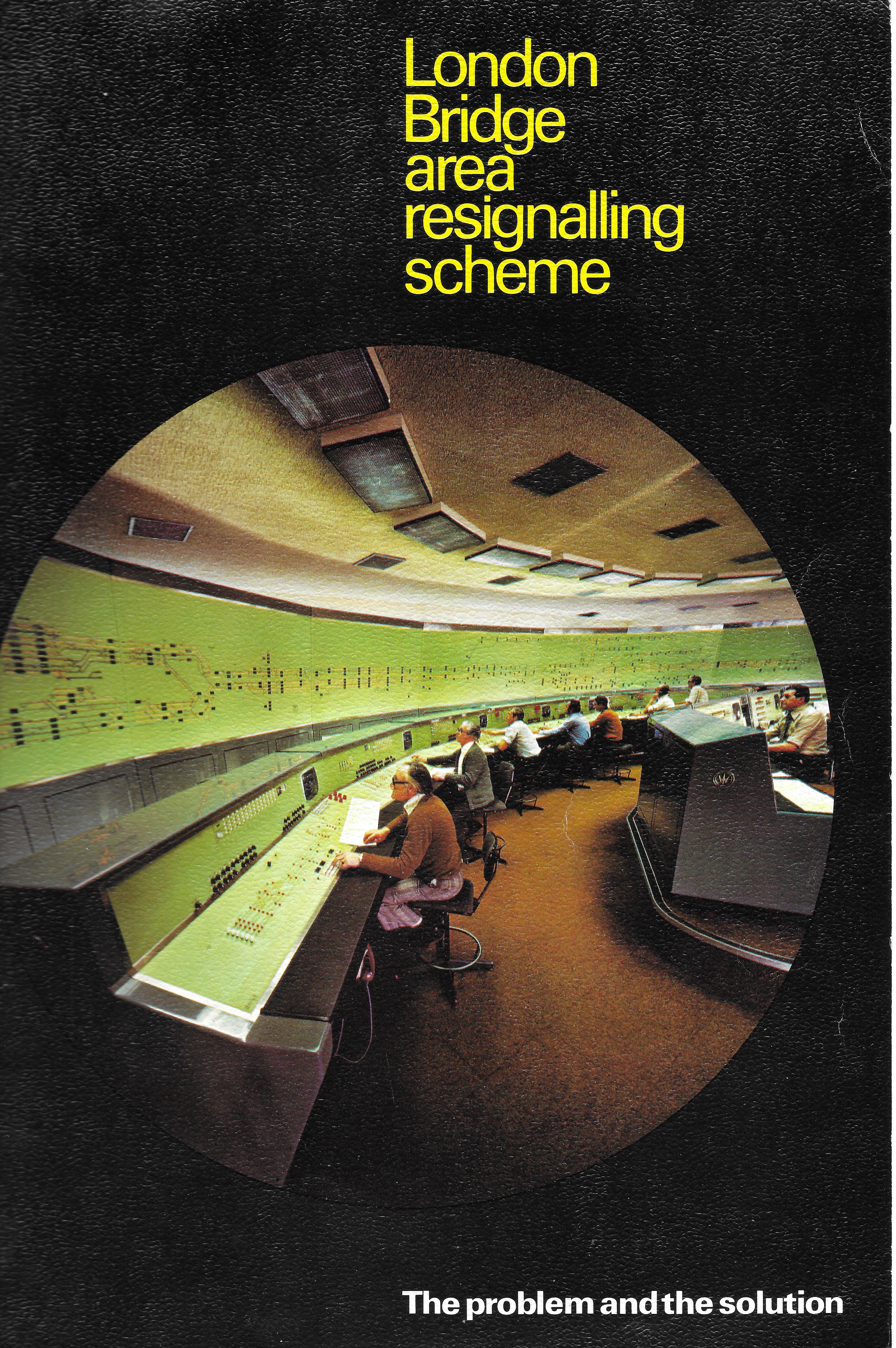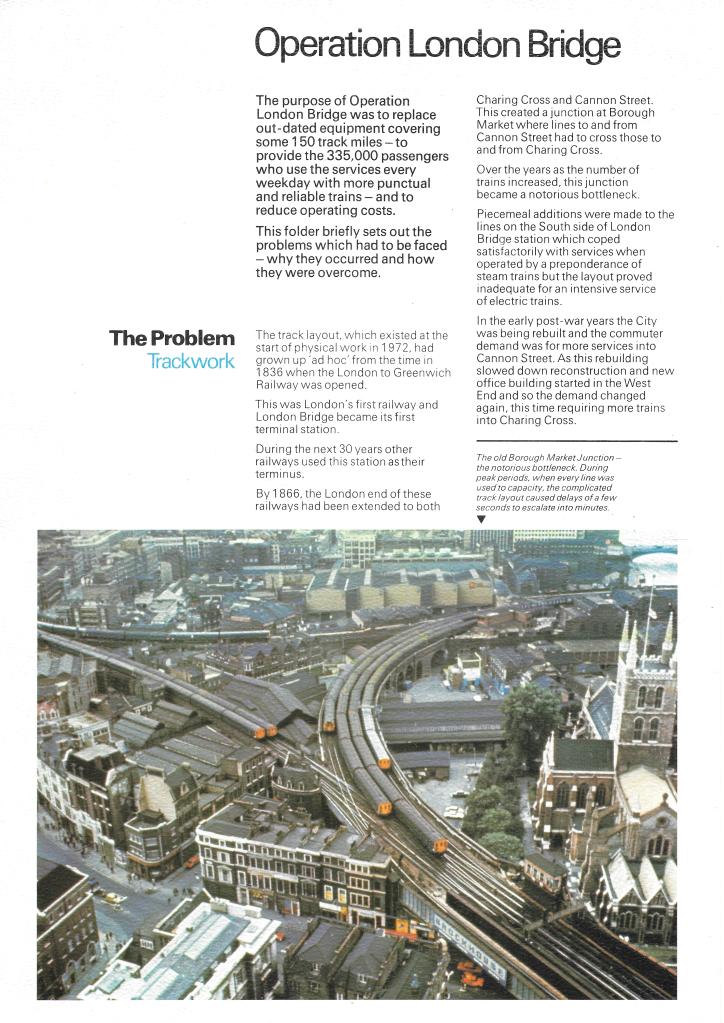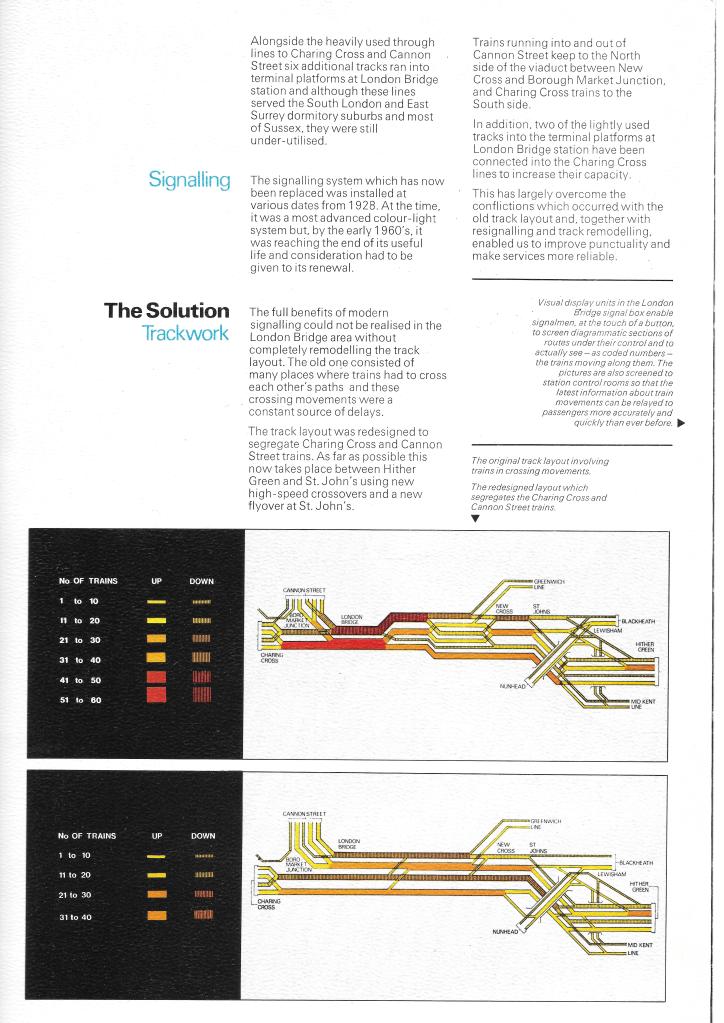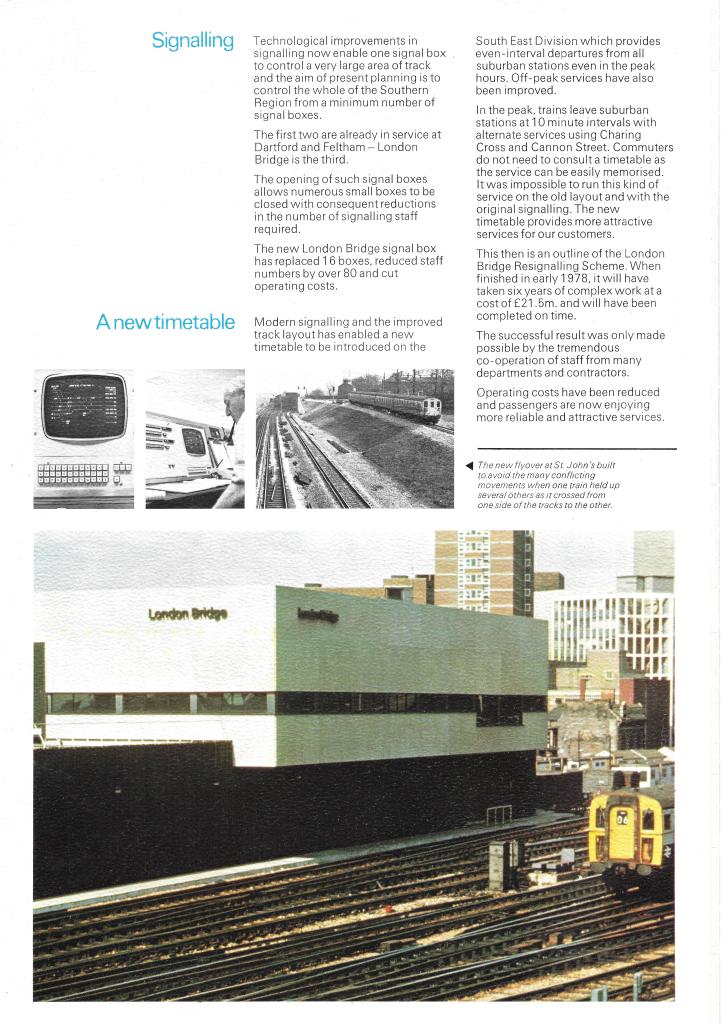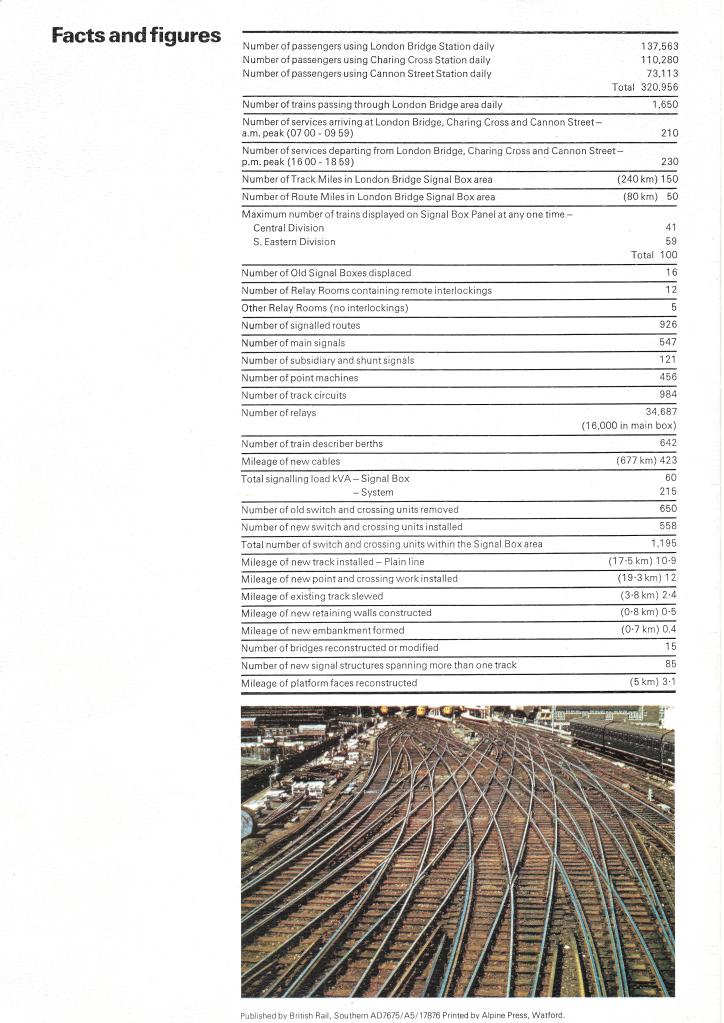In September 2018, I visitied the Didcot Railway Centre, located adjacent to Didcot Parkway Railway Station. Access is via the railway station, just tell the barrier personnel if you are visiting the centre and they will let you through. A wristband will be provided by the museum enabling you to get out. However if you arrive by train, you can just walk down the stairs from the platform, turn right and the entrance is at the end of the passageway.

There is a very reasonably priced entrance fee (£6.50 per adult on a non running day, rising to £11 – £15 on running days (September 2018)), which has a family ticket option as well as the usual reductions for senior citizens. One thing of note that on non running days, admission is paid inside the museum.

The walk down to the first set of buildings takes you past an old coal stage, an impressive sight at track level. Then you arrive at a collection of buildings, comprising a shop, cafe and a G Gauge model railway. Next to the cafe is a museum, this contains many GWR artifacts, and although it seems small, quite a lot is packed in here. Here are a few photos on some of the items on display. Note that this is just a fraction of what is here, it is quite an impressive collection.
Next to here is the new signalling centre exhibit. Its main attraction is the Swindon Panel, and was still being worked on when I visited. It was still fascinating to see the exhibits in here, and nice to see preservation of a different kind for a change, not just with locomovtives and rolling stock.
Moving further up towards the Carriage display, views of the mainline to Oxford can be seen on the right. There is also a running track which is used on running days, with two stations at either end. A picnic area and play park is also here. The carriage display is very comprehensive, and includes a Traverser.

Various wagons and a signal box are at this location too, all very well cared for. Further up still is a section which has some broad gauge engines, an unusual sight.
I decided to end my day at the engine shed, which is opposide the cafe. I good array of Great Western steam locomotives are found in here, and I would imagine would be a great sight on a running day. A quick trip into the shop and then I left.
Overall I was very impressed and will try to get back here on a running day. I spent a good 2 and a half hours here, which included a very nice lunch in the cafe! I highly recommend a visit, especially if you are an enthusiast who plans to stay a while at the main station, which I did (more on that in a later blog).
I have made a short video of the centre, uploaded to my YouTube channel, which you can view below :
Please visit Rainham Rail Enthusiast on YouTube
Please visit Rainham Rail Enthusiast on Facebook
Please visit MIstydale Model Railway on Facebook
Thats all for now, thanks for reading, I’ll Blog again very soon.
